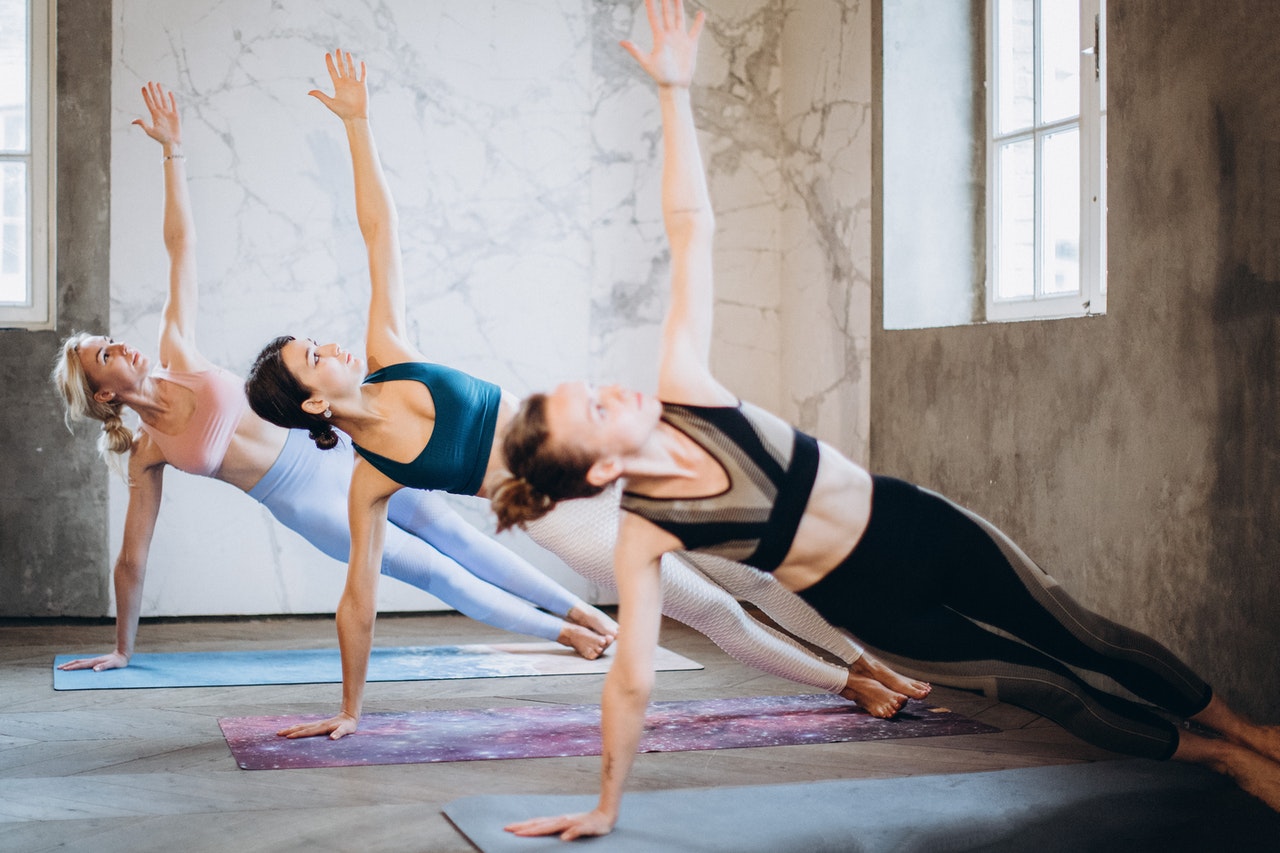“If the ladder is not leaning against the right wall, every step we take just gets us to the wrong place faster.” – Stephen R. Covey
The Basic Principles of Bodyweight Training
The Greek philosopher, Socrates, once said, “No man has the right to be an amateur in the matter of physical training. It is a shame for a man to grow old without seeing the beauty and strength of which his body is capable.” He was undoubtedly talking about bodyweight training because clearly, elliptical trainers and shiny weight machines didn’t exist back in 398 BC. Bodyweight training has been around for centuries and is probably the oldest physical training protocol on the planet. Yet, it’s just as effective today and more popular than ever before.
Calisthenics channels on YouTube and fitness celebrities on Instagram such as Frank Medrano or Chris Heria (THENX) have bodyweight training videos that get millions of views combined. Bodyweight training is not going anywhere any time soon. However, when you take away the noise and social media frenzy, the fundamentals of bodyweight training are the same now as they were back in Socrates’ time, almost boring, but still as important.
Focus on form
Form is everything when you’re engaged in bodyweight training. If you’re new to this form of training, it’s better to go slow until you know how to execute the exercises correctly. This is the learning curve and it’s best to take your time.
Once you’re familiar with the exercises, then you may do them at high speed while maintaining good form. Speed is crucial for building strength, muscular endurance, and skill, but it should never come at the expense of good form.
Range of motion
This is one of the strongest points of bodyweight training. It allows your body to go through a full range of motion, unlike conventional weight training that tells you not to lock your joints because of the heavyweights involved or to maintain tension to increase hypertrophy.
Range of motion means that you’ll lock your elbows out when you do the push-ups or pull-ups. It means going all the way down and up.
The same applies when doing a squat. You’ll go all the way down, past your knees, and then stand back up.
This was how you used to move as a kid and it’s best to make your body remember the range of motion it once was capable of. You may not be able to do as many reps when you execute them through a full range of motion. But that’s perfectly fine.
Build your flexibility first and your strength will come with time and consistent training.
Track your progress
Keep a workout journal and record down what you do during each workout and how you performed. Do not rely on your memory.
Strive to beat your personal bests
The goal is to always push yourself out of the comfort zone. That may mean doing an extra rep or an extra set or even trying out a new exercise that you’re not familiar with.
This is why you record your progress in a journal. So, you know exactly what you need to do to be better than the last time.
You may also wish to use equipment like medicine balls, TRX cables, ankle weights or weight belts, etc. to improve your training. I realize that technically these are equipment, but being a purist here will slow your progress.
Use the equipment to take your bodyweight training to the next level.
Core training daily
Your core strength will determine how easily you execute almost all the other exercises. Spend 6 to 10 minutes training your core every day. You don’t need a lot of time to work the core.
Add Variety
Don’t repeat the same exercises every single time you work out. Not only will they become less effective because your body is highly adaptive, but you may also experience repetitive stress injury in your wrists, shoulders, or elbows.
Try out a wide variety of exercises in your bodyweight training regimen. This will keep things interesting, challenge your body, and prevent repetitive stress injury.
The Key is Consistency
As with all things, consistency is crucial to improvement and achieving your goals. Commit to training 5 or 6 days a week. You may have two rest days a week. One rest day a week is a must-have. Unlike weight training, you don’t need to focus on one body part a day or train for hours at the gym. 30 to 60 minutes of bodyweight training every day is sufficient to make you strong, lean, and fit. Follow the principles listed here and you’ll get the best out of your bodyweight workouts. It’s important to get the basics right.

